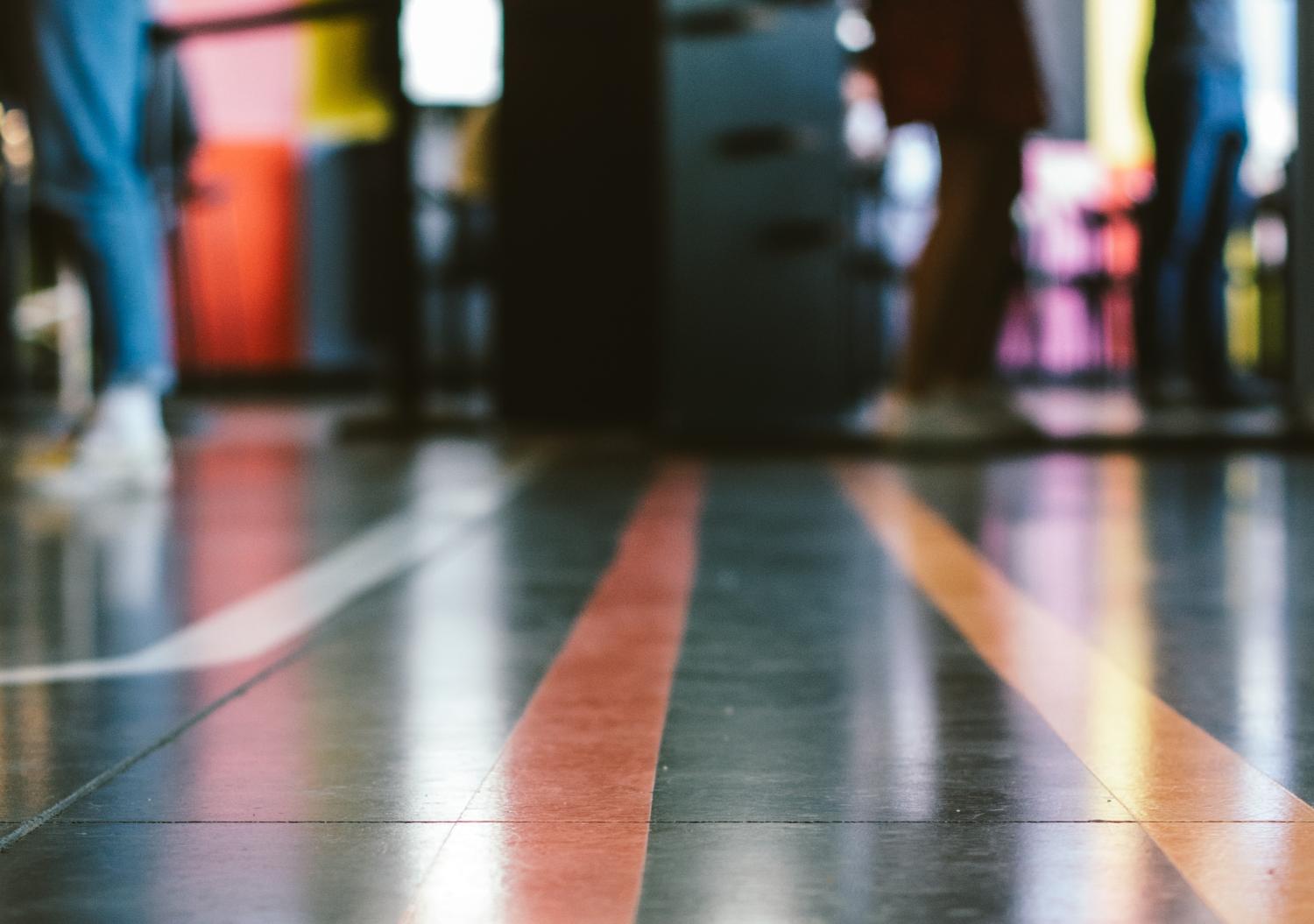If you are a person who has been trafficked, a lot of bad things will have happened to you by the time you are rescued or escape. However, for hundreds of thousands of trafficked people, there is still the potential for things to become much worse.
A criminal prosecution could be set in train for actions that a person was forced to commit while trafficked.
But if a trafficked person has been referred to a legal advisory service at an early stage, then a range of legal issues that arise as a result of being trafficked would have been addressed. Legal services can include negotiation with law enforcement on the victim’s behalf, annulling a forced marriage, resolving visa or immigration issues, assisting with claims to remunerate unpaid work or seeking compensation for the violence, pain and trauma they have experienced during the period they were trafficked.
All are actions that assist the trafficked person on their path to recovery.
The recent 2022 UNODC Global Report on Trafficking in Persons includes two disturbing trends: girls and women are three times more likely to suffer explicit or extreme violence during trafficking compared to boys and men, with children twice as likely to be subjected to violence as adults. The report also highlights the need for access to justice for women and girls investigated for trafficking in persons and related offences.
However, access to legal advisory services is also critical for victims of trafficking who are not part of criminal justice processes.
The ASEAN Convention on Trafficking in Persons, especially Women and Children, or ACTIP, contains binding obligations for each ASEAN member state to provide information on their legal rights in a language they understand. The aim is to ensure that victims are not punished for an unlawful act committed while they were trafficked and commit to domestic legal systems that can deliver compensation for damage suffered while trafficked.
Yet a 2020 report on implementation of the ACTIP found that no ASEAN member published data on the percentage of TIP cases finalised in 2020 in which a victim received compensation. Only two published data on the percentage of TIP cases filed where a victim received legal assistance.
One key demand side issue is that trafficked people are often identified at borders, remote locations, work sites or they are detained in jail if charged with a trafficking offence. Specialist lawyers or paralegal services, meantime, are most often based in cities. How to bridge this divide poses a challenge.
Language barriers also affect a trafficked person’s access to legal advisory services, especially when they are trafficked across borders. Legal aid services in different countries need to collaborate to assist a client who has been trafficked from one country to another.
Digital developments may overcome some of the constraints to providing trauma-informed legal assistance to victims of trafficking when they need it most. What are referred to as “digital public goods”, or DPG, have exploded in the last five years. The UN Secretary General’s Roadmap for Digital Cooperation was launched in 2020, followed by the establishment of the Digital Public Goods Alliance that reviews digital innovations to see whether a DPG complies with an accepted standard.
Organisations such as Agami in India are co-creating digital public goods/infrastructure with community members to close the access to justice gap. Jugalbandi, for example, is a free and open platform that combines the power of ChatGPT and Indian language translation models. If Jugalbandi can link an Indian farmer seeking information on government social protection programs and complete those forms for her then it has the potential to transform access to legal services and information for the most vulnerable victims of trafficking.
The newly released ASEAN Multi-Sectoral Work Plan Against Trafficking in Persons 2023–28 includes references to the provision of legal aid services for victims of trafficking. In a recent meeting convened by the ASEAN-Australia Counter Trafficking program and Anti-Slavery Australia and including participants from a number of ASEAN countries, the same challenges around language barriers, lack of staff and ability to collaborate easily within and across borders, were raised, along with difficulties in navigating fair compensation outcomes for victims of trafficking.
Yet, any digital platforms that remove barriers in language, legal information and distance for trafficked people seeking access to justice will only be effective if ASEAN legal aid providers and clinics are part of a co-design process. This must put the needs of the victim of trafficking at the centre.
As the global examples show, it will require an active network of government agencies, technology companies, justice groups and innovators trialling and adapting digital solutions to ensure that technology can be harnessed to serve the most vulnerable and eliminate forms of violence, exploitation and trafficking.

